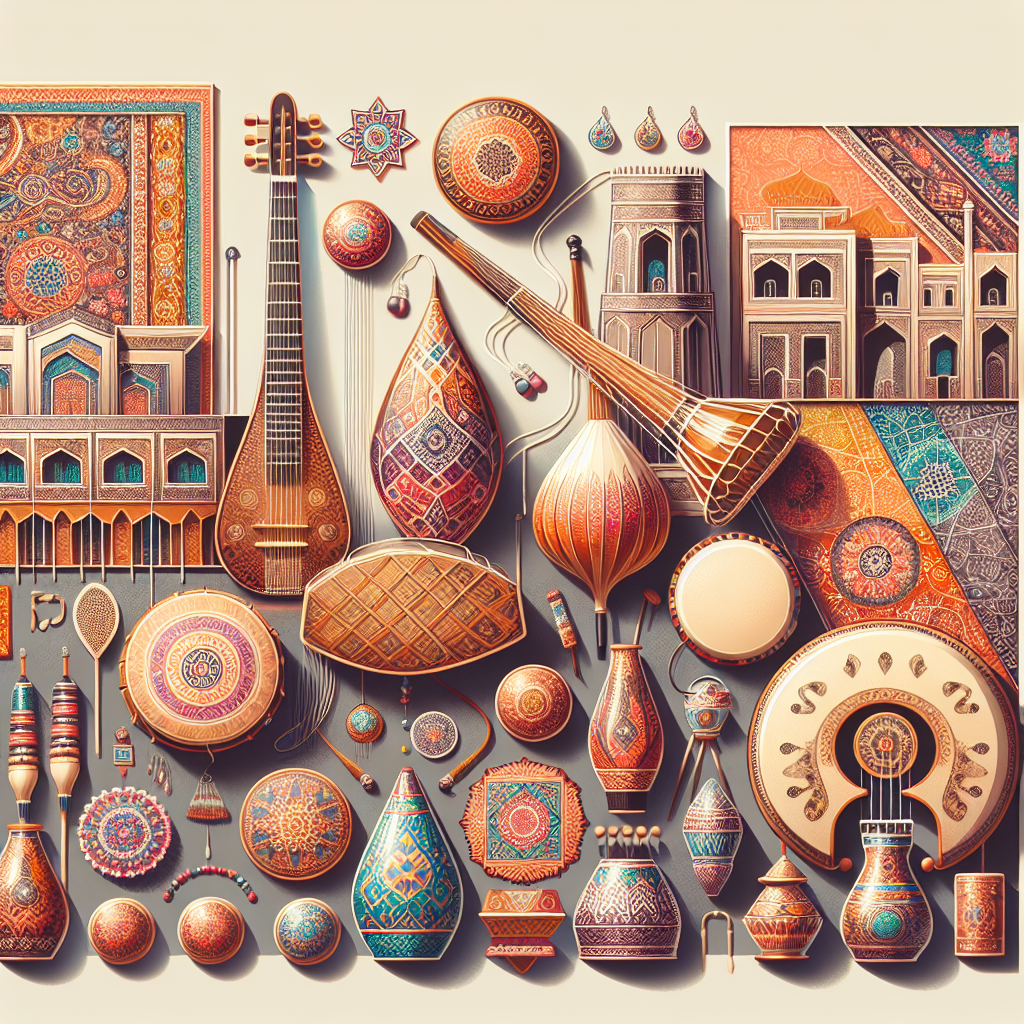Located along the southern coast of the Caspian Sea, Mazandaran in Iran is a region steeped in rich cultural heritage and history. Among its jewels is a unique music tradition known as Mazandarani music that has charmed audiences for centuries; a sound that echoes the heartbeat of the province. This music is a profound representation of the region’s cultural tapestry, resonating with the blended influences of its historical antecedents.
Historical Roots of Mazandarani Music
The inception of Mazandarani music traces back to the region’s pre-Islamic era, with generous vestiges of the ancient Persian Empire, particularly in its tonal dialect, reverberating in its rhythms. The presence of lyrical stanzas in many songs also demonstrates this music tradition’s roots in ancient epic poetry and storytelling.
Many of these songs are specific to certain customs or occasions, showcasing their historical significance. Mazandarani people often perform these melodies at weddings, funerals or local festivities, making the music a key element that underpins the social and cultural fabric of the society.
Instruments
Mazandarani music embraces a wide array of musical instruments, such as the Deyereh (tambourine), Dammam (a type of drum), Sorna (a traditional woodwind), Kamancheh (a string instrument similar to a violin), and Tar (a plucked string instrument). Each instrument is uniquely incorporated to enhance the soulful tunes of the songs.
Impact of Geography
The geographical elements of the Mazandaran region have also significantly influenced the evolution and characteristics of Mazandarani music. The region is surrounded by dense forests, hilly terrains, and dotted with timeless orchards. These natural surroundings inspire diverse aesthetic themes and tonal variations in the music, imbuing it with a unique regional identity.
Place in Contemporary Society
Despite the rising popularity of Western music in Iran, Mazandarani music has managed to maintain its traditional essence. This is primarily due to the consistent efforts of the locals who proudly preserve their heritage coupled with the Iranian government’s initiatives to promote traditional music. Today, it is not uncommon to hear Mazandarani music in urban coffee shops, music festivals, or even on social media platforms.
Conclusion
In conclusion, Mazandarani music is a rich tapestry of Iran’s cultural heritage that strongly resonates with historical influences and the region’s geographical characteristics. Preserved and celebrated by its native people, this music form stands as an undeniable testament to the region’s past and its integral role in defining the identity of the Mazandaran region.
Frequently Asked Questions
-
What is the history of Mazandarani Music?
Mazandarani music dates back to the pre-Islamic era with influences from the ancient Persian Empire. It also has roots in epic poetry and storytelling.
-
Which instruments are commonly used in Mazandarani music?
Commonly used instruments include Deyereh (tambourine), Dammam (a type of drum), Sorna (a traditional woodwind), Kamancheh (a string instrument similar to a violin), and Tar (a plucked string instrument).
-
How does the geography of Mazandaran influence the music?
The region’s forests, hilly terrains, and orchards inspire diverse aesthetic themes and tonal variations in the music, giving it a unique regional identity.
-
How is Mazandarani music perceived in contemporary Iran?
Despite the rising popularity of Western music in Iran, Mazandarani music has succeeded in preserving its traditional essence due to the consistent efforts of the locals and specific initiatives by the Iranian government.
-
How does Mazandarani music impact Mazandaran’s cultural heritage?
Mazandarani music serves as an integral part of the region’s cultural heritage. It plays a significant role in defining the identity of the Mazandaran region as it resonates with influences from the past.




